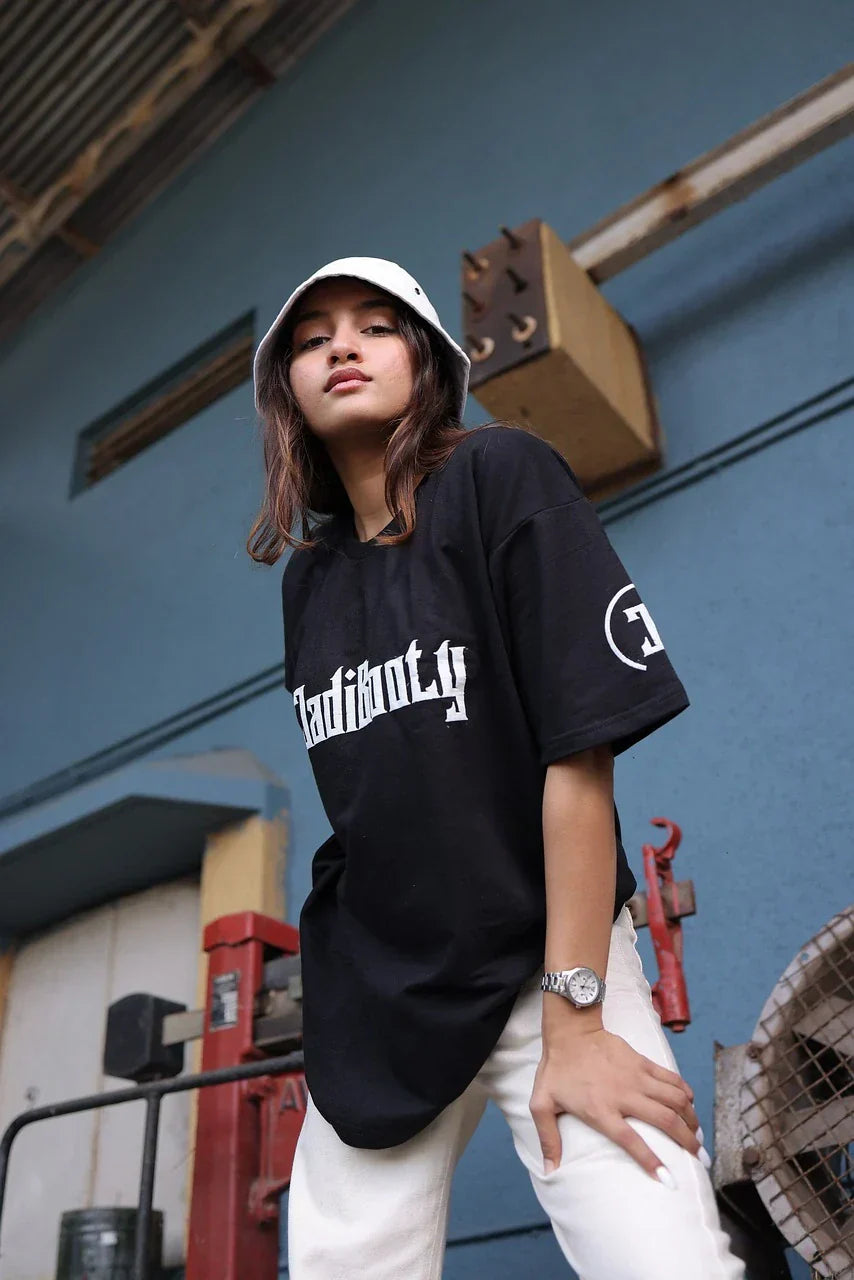
History of Streetwear
Streetwear has evolved from niche subcultures to a dominant force in the fashion industry. This article delves into the rich history of streetwear, highlighting its origins, key influencers, and its integration into mainstream and high fashion.
Origins of Streetwear
Streetwear emerged in the late 1970s and early 1980s, drawing inspiration from New York's hip hop scene and California's surf and skate cultures. In New York City, hip hop artists combined athletic wear, vintage pieces, and high-end brands to craft unique styles, incorporating items like hoodies, sneakers, and bucket hats. Concurrently, California's surf and skate communities adopted casual, comfortable attire suitable for their active lifestyles, including graphic tees and baggy jeans. WikipediaVintageFolk
Pioneering Streetwear Brands
Several brands were instrumental in shaping streetwear culture:
- Stüssy: Founded by Shawn Stussy, a Californian surfer who began selling T-shirts featuring his signature in the early 1980s. Stüssy blended surf culture with urban fashion, laying the groundwork for modern streetwear. Wikipedia, l'enciclopedia libera
- Supreme: Established in 1994 by James Jebbia in New York City, Supreme became a cornerstone of skate culture. Its limited releases and collaborations with artists and brands fostered a sense of exclusivity. VOCAST
- A Bathing Ape (BAPE): Founded by Nigo in Japan, BAPE introduced Japanese streetwear to the global stage with its distinctive camo patterns and bold graphics. Wikipedia
Influence of Hip Hop and Pop Culture
Hip hop culture significantly impacted streetwear's evolution. Artists like Run-DMC popularized brands such as Adidas, while Kanye West bridged streetwear and high fashion through collaborations with luxury brands like Louis Vuitton.
The 1990s saw the rise of Japanese streetwear, with brands like BAPE and designers such as Hiroshi Fujiwara influencing global fashion trends. Jeff Staple, known for his streetwear design, contributed to the culture with his brand Staple Design.
Integration into High Fashion
In the 2010s, streetwear began merging with luxury fashion. Virgil Abloh, founder of Off-White, was appointed artistic director at Louis Vuitton, exemplifying this fusion. Collaborations between streetwear labels and luxury brands became commonplace, blurring the lines between street culture and high fashion. InStyle+1El País+1
Evolution of Streetwear Trends
Streetwear has continually evolved, incorporating elements from various subcultures:
- Skate Culture: Brands like Vans and Supreme have deep roots in skate culture, influencing streetwear's aesthetic and functionality.
- Hip Hop Fashion: The oversized silhouettes and bold graphics from hip hop fashion have been integral to streetwear's identity.
- Luxury Streetwear: The collaboration between streetwear and luxury fashion has led to the emergence of luxury streetwear, combining casual styles with premium materials.
Iconic Streetwear Pieces
Certain items have become synonymous with streetwear culture:
- Graphic Tees: Bold designs and logos are staples in streetwear wardrobes.
- Sneakers: Footwear collaborations and limited releases have made sneakers highly coveted among streetwear enthusiasts.
- Baggy Jeans and Pants: Reflecting influences from hip hop culture, baggy silhouettes have been a recurring trend.
Streetwear's Impact on the Fashion Industry
Streetwear has democratized fashion, emphasizing style and culture over traditional luxury markers. It has challenged the fashion industry to adapt to changing consumer preferences, leading to more inclusive and diverse representations.
Frequently Asked Questions
Q: How did streetwear originate?
A: Streetwear originated in the late 1970s and early 1980s, drawing from New York's hip hop scene and California's surf and skate cultures. Wikipedia
Q: Who are some key figures in streetwear history?
A: Influential figures include Shawn Stussy, James Jebbia, Nigo, Virgil Abloh, and Kanye West, among others.
Q: How has streetwear influenced mainstream fashion?
A: Streetwear has merged with mainstream fashion, leading to collaborations between streetwear labels and luxury brands, and influencing trends in the fashion industry.
Q: What are some iconic streetwear brands?
A: Notable brands include Stüssy, Supreme, A Bathing Ape (BAPE), Off-White, and Palace, among others.Wikipedia, l'enciclopedia libera+1fr.wikipedia.org+1
Q: How has streetwear evolved over the decades?
A: Streetwear has evolved by incorporating elements from various subcultures, collaborating with luxury brands, and adapting to changing fashion trends.
For more insights into fashion and culture visit streetwear brand arivastreetwear.com









